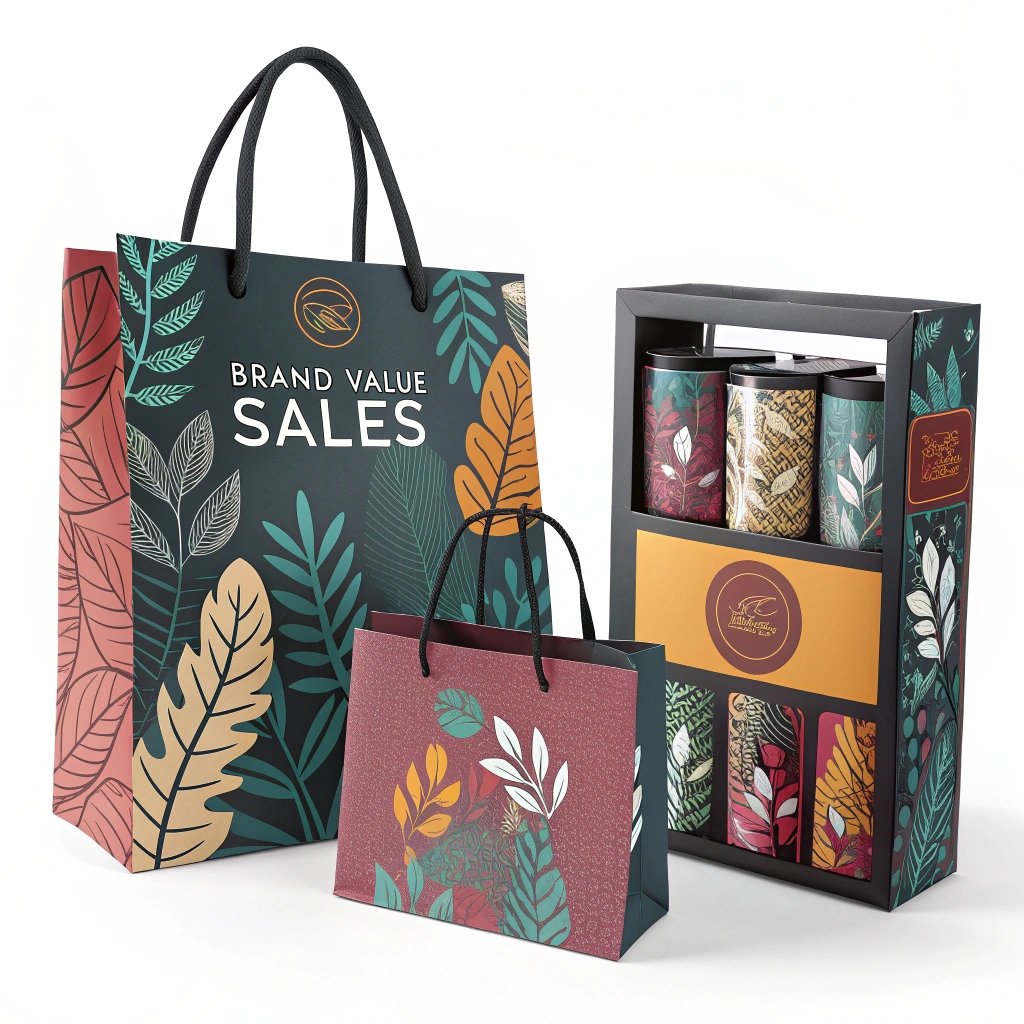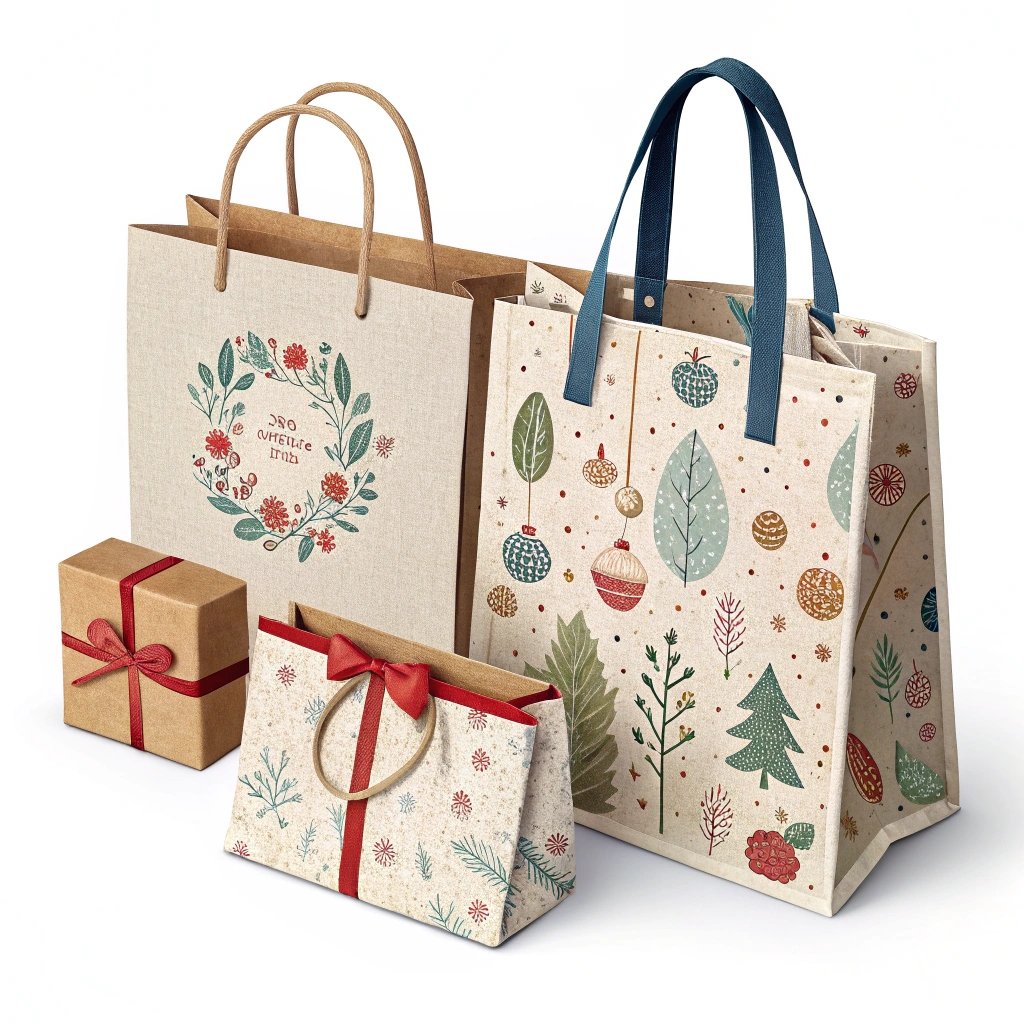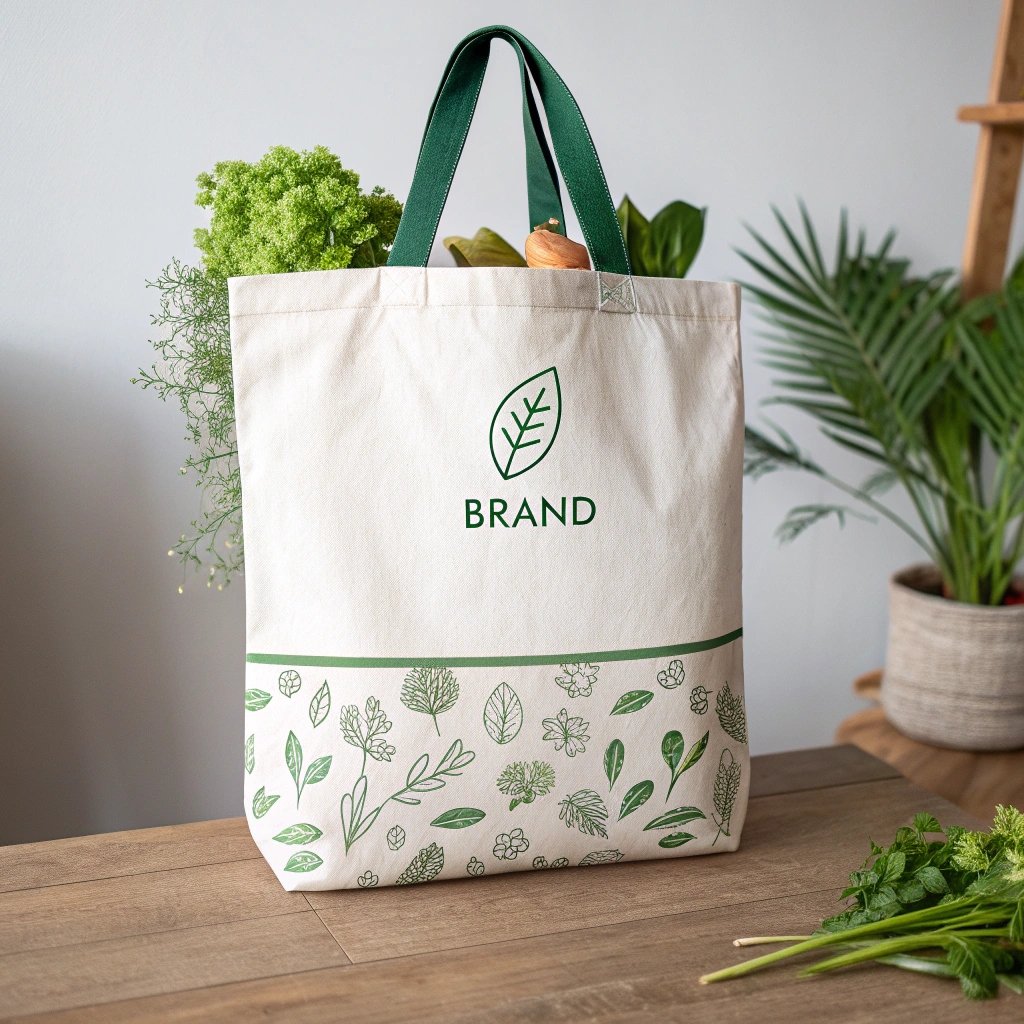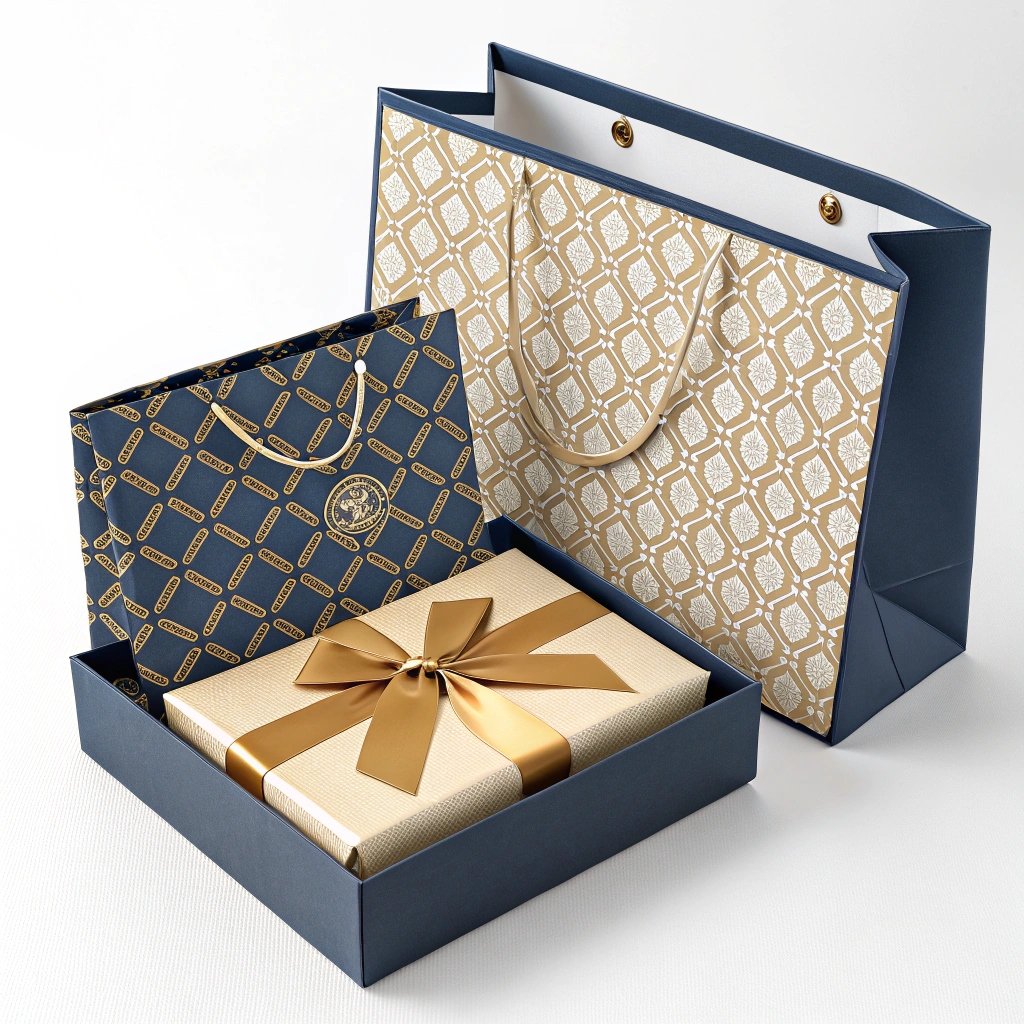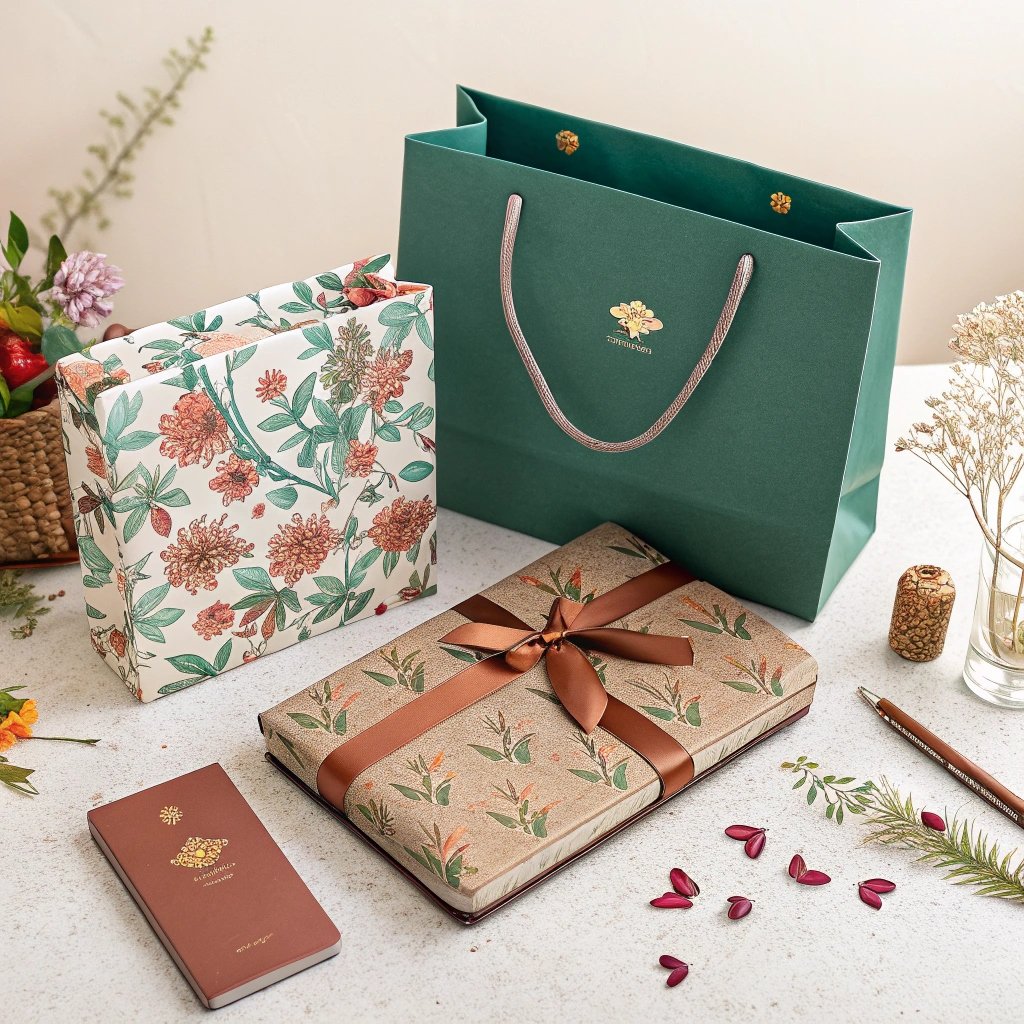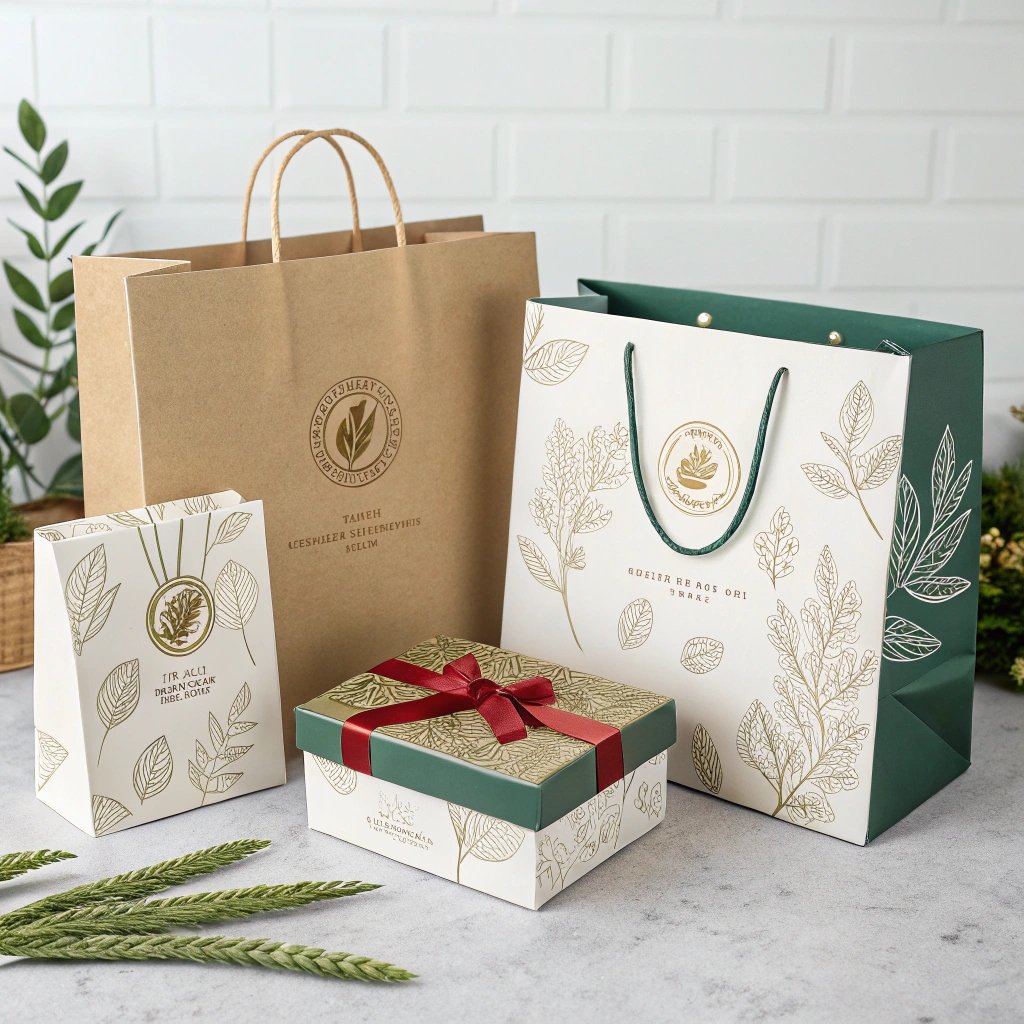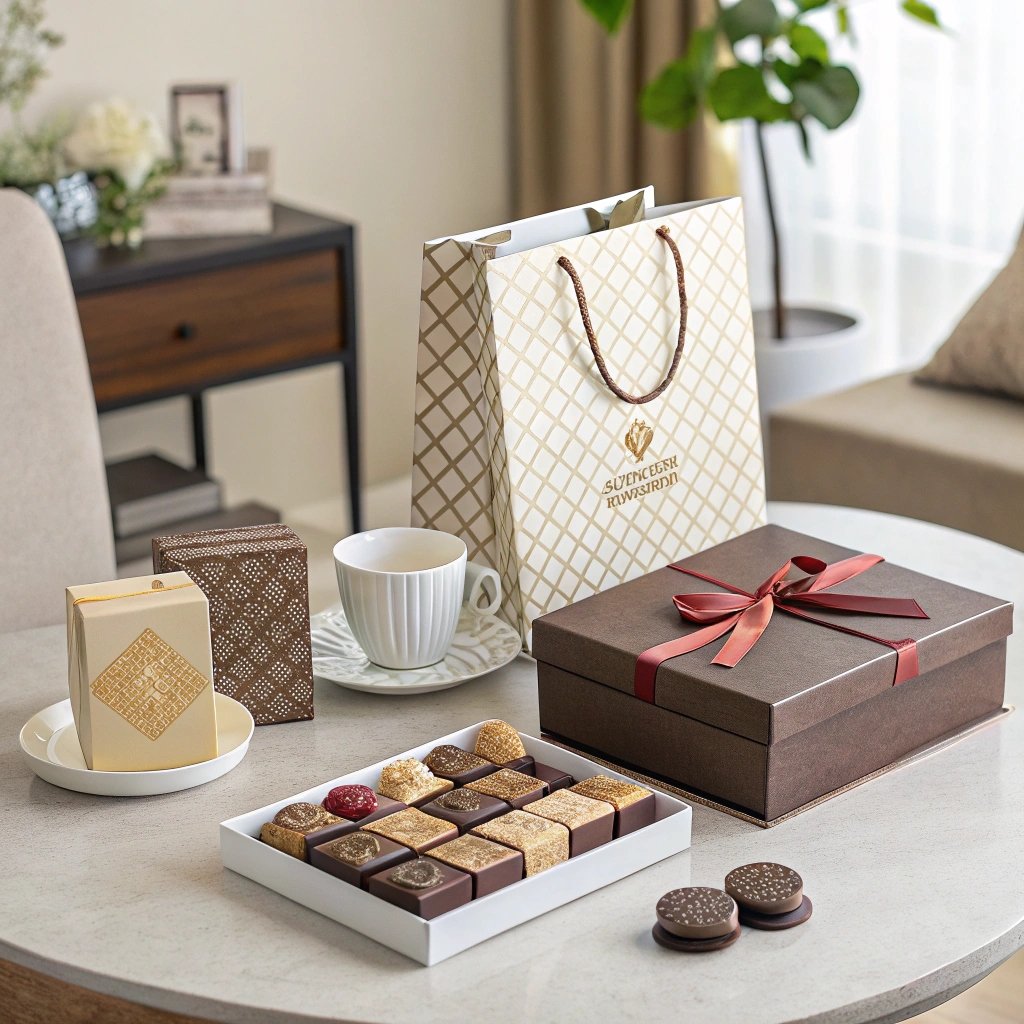Struggling with gift set design that looks good but underperforms? Many clients waste money on low-impact packaging.
Designing a shopping bag gift set means choosing the right bag, materials, packaging, extras, and compliance1 to boost brand visibility and sales.
Let’s dive deeper into each step to create a high-impact gift set.
What types of shopping bags work best in gift sets?
Struggling to find a bag that feels premium yet stays cost-effective? Many brands pick generic bags that end up unused.
Tote bags, foldable bags, and insulated bags2 each serve distinct purposes and branding opportunities.
Dive deeper into bag types and campaign fit
Matching bag to campaign goals
When working with buyers like Mike, I always ask: "What’s your main goal?"
- Awareness mass giveaways? Foldable bags are lightweight, low-cost, and fit into mailers.
- VIP client retention? Insulated bags with foil linings signal quality and care.
- Trade event presence? Large totes become walking billboards in exhibition halls.
Bag type breakdown
| Type | Best Use Case | Pros | Cons | Ideal Campaign |
|---|---|---|---|---|
| Tote Bag | Brand expos, VIP events | Large print space, reusable daily | Heavier, higher cost | Brand visibility |
| Foldable Bag | Mass giveaways, campaigns | Very low cost, compact | Smaller print area, thinner | Budget-conscious promotions |
| Insulated Bag | Food or wellness campaigns | Premium feel, useful | Costliest per unit | High-end audiences |
This deeper view helps me tailor suggestions that match budget, scale, and resale or reuse value. I coach clients through the bag tradeoffs based on customer expectations and campaign longevity.
How should I choose materials that fit both branding and eco standards?
Worried that eco-friendly means flimsy? Many buyers feel torn between sustainability and quality.
RPET, cotton, and non‑woven polypropylene3 offer different eco‑credentials, durability, print quality, and budgets.
Dive deeper into material decision factors
Sustainability vs perception
- RPET (Recycled PET): ♻️ Good eco-level, glossy finish, high print clarity, medium cost.
- Cotton: ♻️♻️ Premium feel, dreamy aesthetic, natural texture, high cost.
- Non‑woven PP: ♻️ Least eco, rough texture, low price—great for mass giveaways under budget.
Practical comparison table
| Material | Eco Score | Print Quality | Texture | Price Level | Campaign Fit |
|---|---|---|---|---|---|
| RPET | Medium | High | Smooth, glossy | Medium | Branded giveaways, expos |
| Cotton | High | Good | Soft, natural | High | Premium retail, VIP sets |
| Non‑woven PP | Low | Fair | Slightly rough | Low | Budget mass campaigns |
Client-centric material coaching
I guide clients to ask:
- How long will recipients use it?
- Is it reusable or disposable?
- Does it align with brand image and budget?
I help them compare felt vs non-woven vs RPET, factoring in color fidelity, texture, durability, and cost per use. Sharing real sample swatches helps decision-making.
What packaging design makes a gift set more attractive?
A great bag is wasted if the outer packaging is dull or mismatched.
Custom boxes, print design, windows, and inserts4 elevate your set’s impact and unboxing experience.
Dive deeper into packaging design elements
Box design strategies
- Custom-printed exterior: Use brand colors, tagline, and clear logo.
- Transparent window: Build curiosity and show value—choose PET or cellulose.
- Internal inserts: Molded cardboard, foam, or kraft paper keep items secure and styled.
Structure & psychology
Good packaging guides the user emotionally:
- Remove the lid.
- See the bag and extras arranged neatly.
- Feel branded tissue, card, or cloth.
- Sense premium care—this builds brand trust.
Packaging details table
| Feature | Benefit | Tip |
|---|---|---|
| Box color match | Visual harmony with bag | Do soft contrast (e.g. dark bag, light box) |
| Inner insert | Clean display, secured materials | Use recyclable inserts matching eco theme |
| Thank you message | Personal connection | Handwritten or printed—digital doesn’t achieve the same impact |
When I help Mike design sets, I chose a matte box with a subtle micro-emboss logo, matched insert color, and a small thank-you card. It felt personal and shareable.
How to match gift set items for specific campaigns or audiences?
Adding random freebies dilutes impact. Matching is crucial.
Extra items (like notebooks, bottles, towels) should match campaign messaging and audience habits5.
Dive deeper on audience-based pairing
Define audience behavior
- Fitness shoppers want towels, water bottles.
- Shoppers grocery habits: foldable bags, discount flyers.
- Event attendees: badge holders, pens, note pads.
Example pairing guide
| Audience | Bag Type | Extra Items | Campaign Message |
|---|---|---|---|
| Gym & fitness | RPET tote | Towel, shaker bottle, clip | “Stay active” |
| Retail shoppers | Foldable bag | Shopping list pad, discount card | “Save & shop smarter” |
| Dining & hospitality | Insulated bag | Coupon, magnet, menu card | “Enjoy fresh with us” |
Synergy matters
I helped a restaurant chain: insulated bags with foil lining, magnet with QR menu, matching colors and slogan. It looked like retail packaging for reusable items in store.
Align each element with brand theme. Keep color palette and messaging unified. This ensures sets create lasting brand memory.
What certifications or standards should the gift sets meet?
Missing compliance can derail shipments and damage brand trust.
Certify recycled materials (GRS), social compliance (BSCI), child safety (CPC)6, and more per export market.
Dive deeper into certification essentials
Certification checklist
| Certification | Applies To | Required By | Why it matters |
|---|---|---|---|
| GRS | RPET and recycled bags | EU & Amazon sustainability | Verifies recycled content, avoids greenwashing |
| BSCI | Factory working standards | EU & Canada buyers | Ensures labor compliance, prevents supply chain risk |
| CPC | Child-use items | US market & promotional use | Ensures plastics and dyes meet child-safety requirements |
| FSC / PEFC | Supporting inserts | Environmental-conscious EU | Verifies sustainable wood/paper sourcing |
Avoiding document fraud
Faking works against long-term brand trust. I guide buyers to ask for:
- Third-party audit reports with dates.
- Sample tag proofs directly from production.
- QR codes linking to certification body.
This saved one client from losing an Amazon launch when the customs flagged missing tests.
How do I avoid common sourcing mistakes when designing a gift set?
Even experienced buyers face delays, quality mismatches, and sudden cost spikes.
Use clear specs, mock-ups, timeline tracking, and PO approvals7 to avoid miscommunication and shipping errors.
Dive deeper into sourcing best practices
Common sourcing pitfalls
| Issue | Impact | Prevention Strategy |
|---|---|---|
| Vague specs | Misprinted logos/colors | Use detailed spec sheet with dimensions, DPI files, Pantone codes |
| No physical samples | Surprises at mass production | Get pre-production sample, check prints, feel, stitching |
| Open-ended timeline | Missed launch dates | Agree timeline with buffer, track via shared Gantt or Google Sheet |
| Payment surprises | Hidden cost or currency changes | Confirm incoterms, currency, customs duties, payment process |
| No QC plan | Defects or delays | Arrange in-line and final inspection at factory; check before packing |
Real-world sourcing story
When Mike sourced insulated sets, bags came tinted wrong shade. We paused shipment, got digital color proof, physical swatch, then continued. Saved ~20% of order value.
My sourcing checklist
- Logo files (AI/PDF/SVG).
- Pantone codes & print method.
- Fabric swatches with weight & label.
- Physical mock-up of bag & box.
- Certificate scans + verified tags.
- Signed PO with timeline, QC steps.
This process saved time, cost, and strengthened brand-market fit.
Conclusion
Align bag type, materials, packaging, extras, and compliance with your brand and audience to maximize gift set value—while avoiding sourcing mistakes.
-
Understand the five core steps that drive gift set success and boost visibility. ↩
-
Explore the strategic role of each bag type in different marketing campaigns. ↩
-
Learn how each material balances eco-level, cost, and brand perception. ↩
-
See how thoughtful packaging design builds excitement and perceived value. ↩
-
Improve campaign targeting by pairing extras with user behaviors and intent. ↩
-
Avoid compliance risks by securing the correct certifications for your markets. ↩
-
Learn the sourcing steps that prevent misprints, delays, and quality issues. ↩

